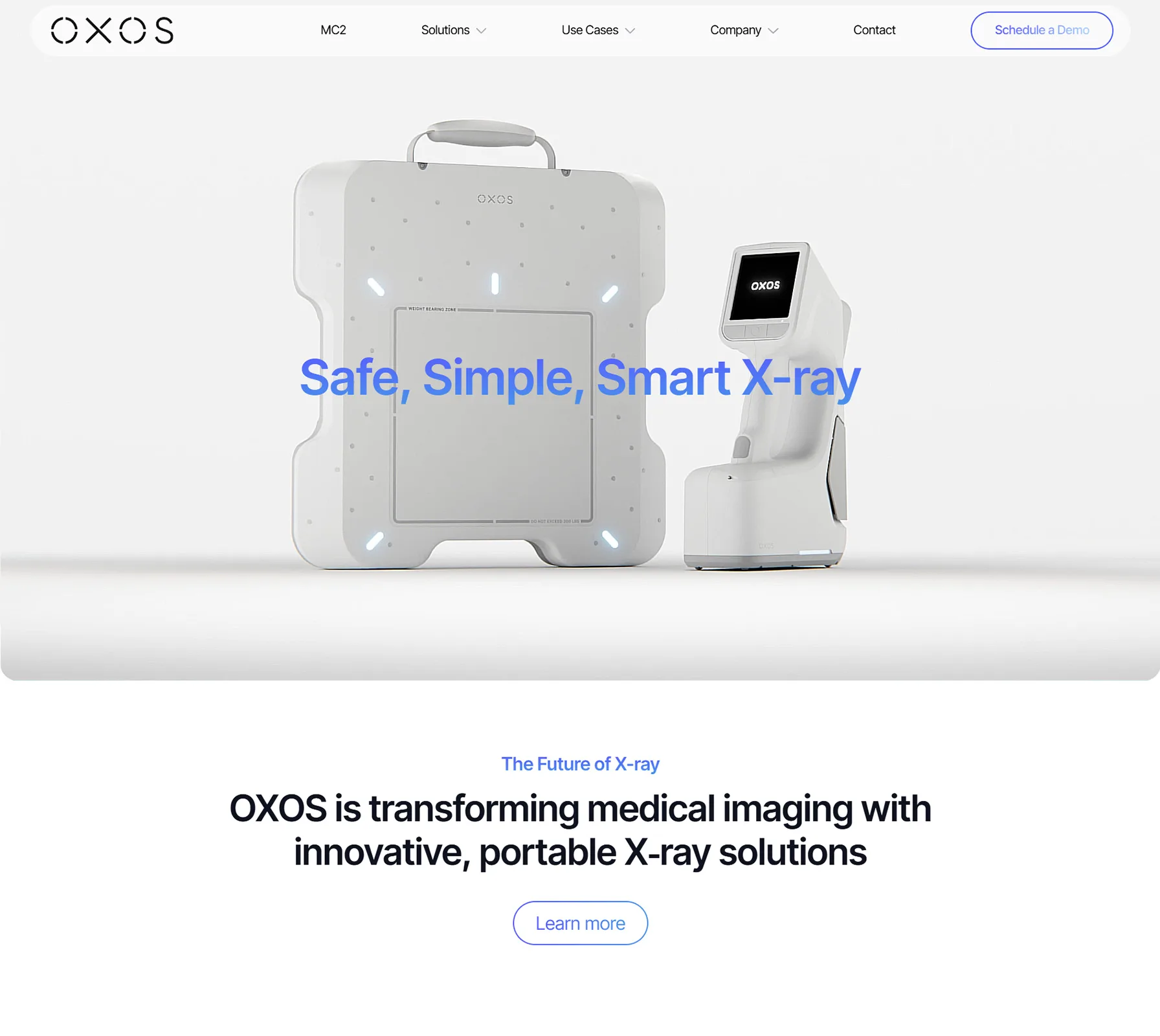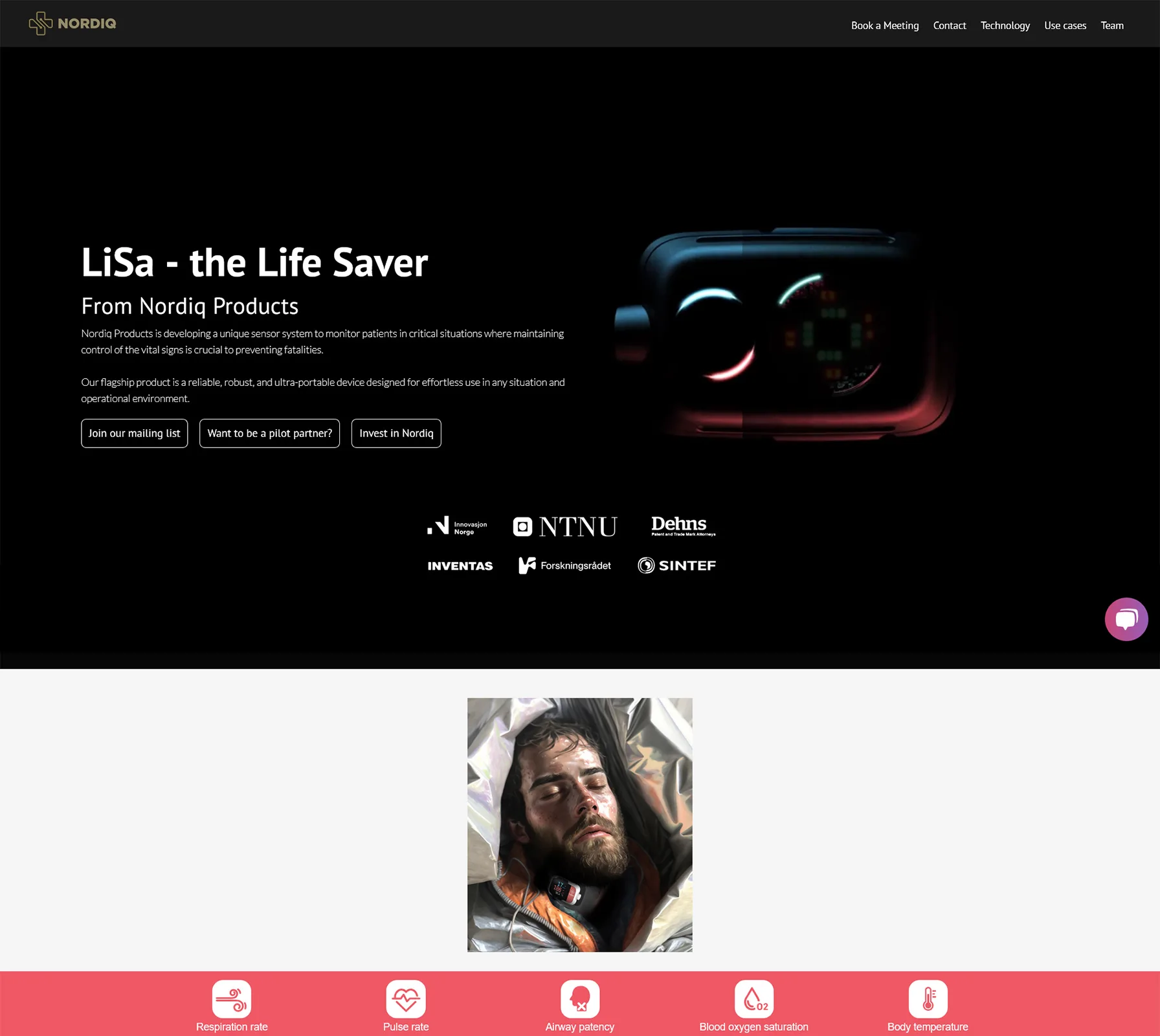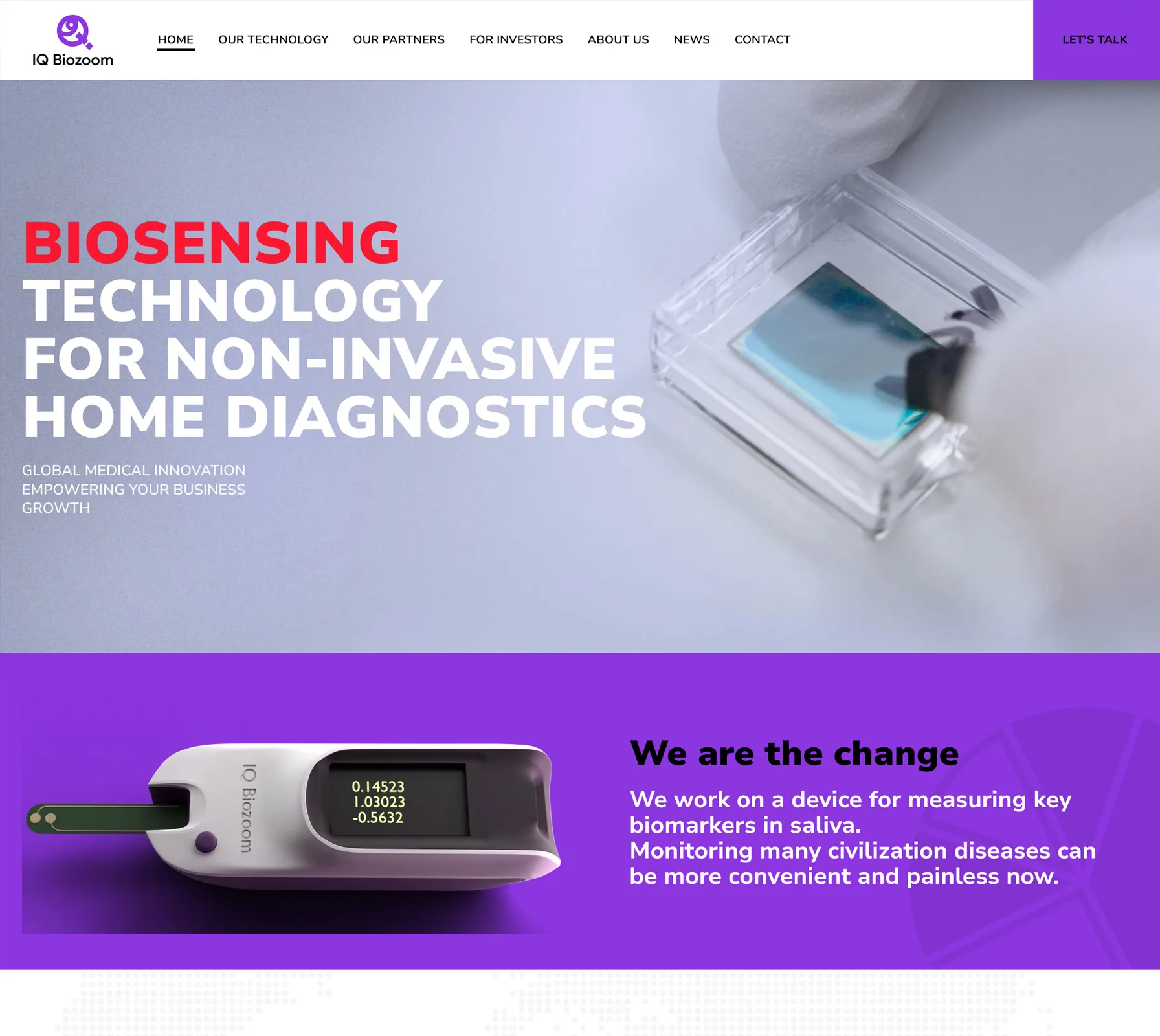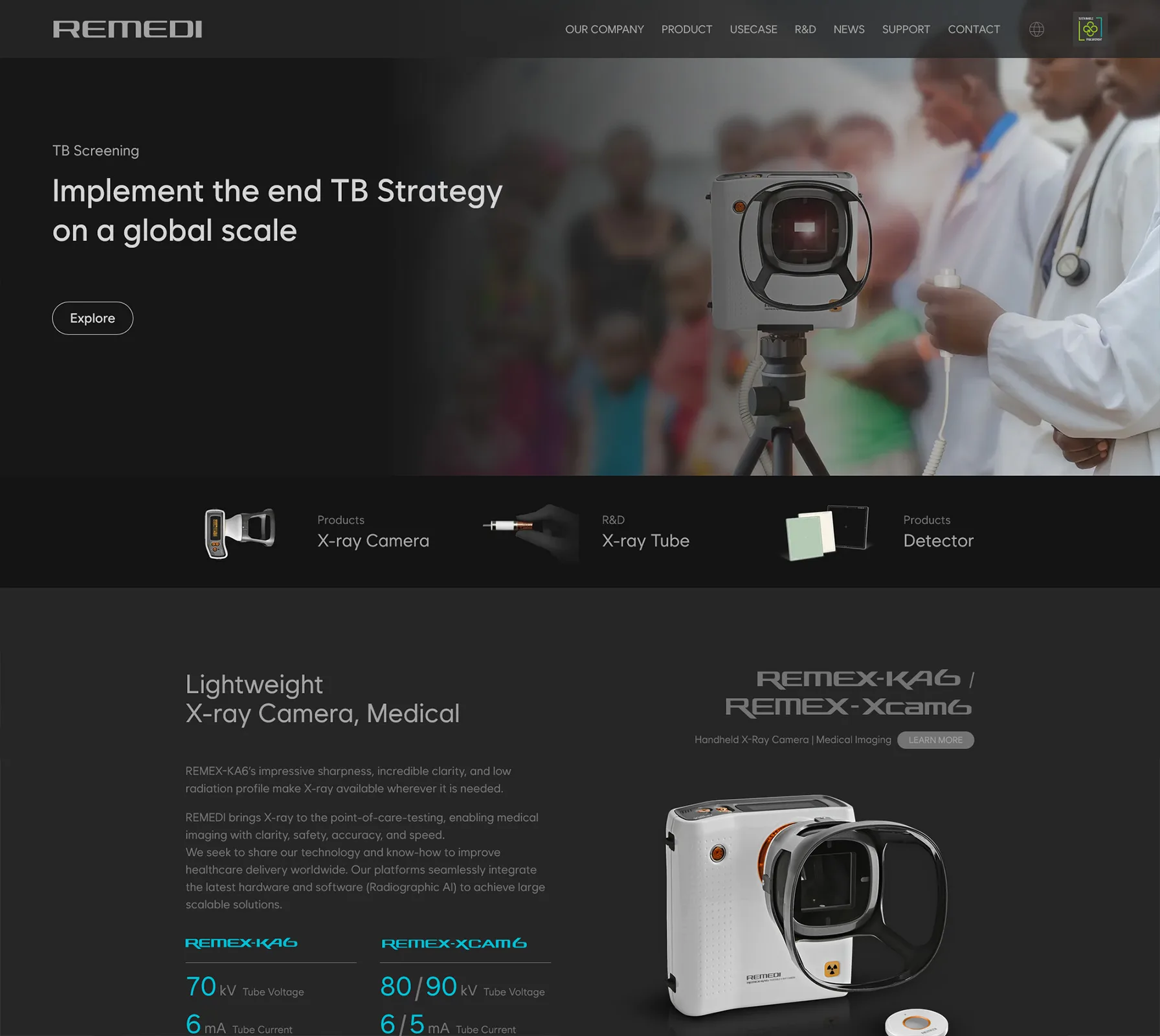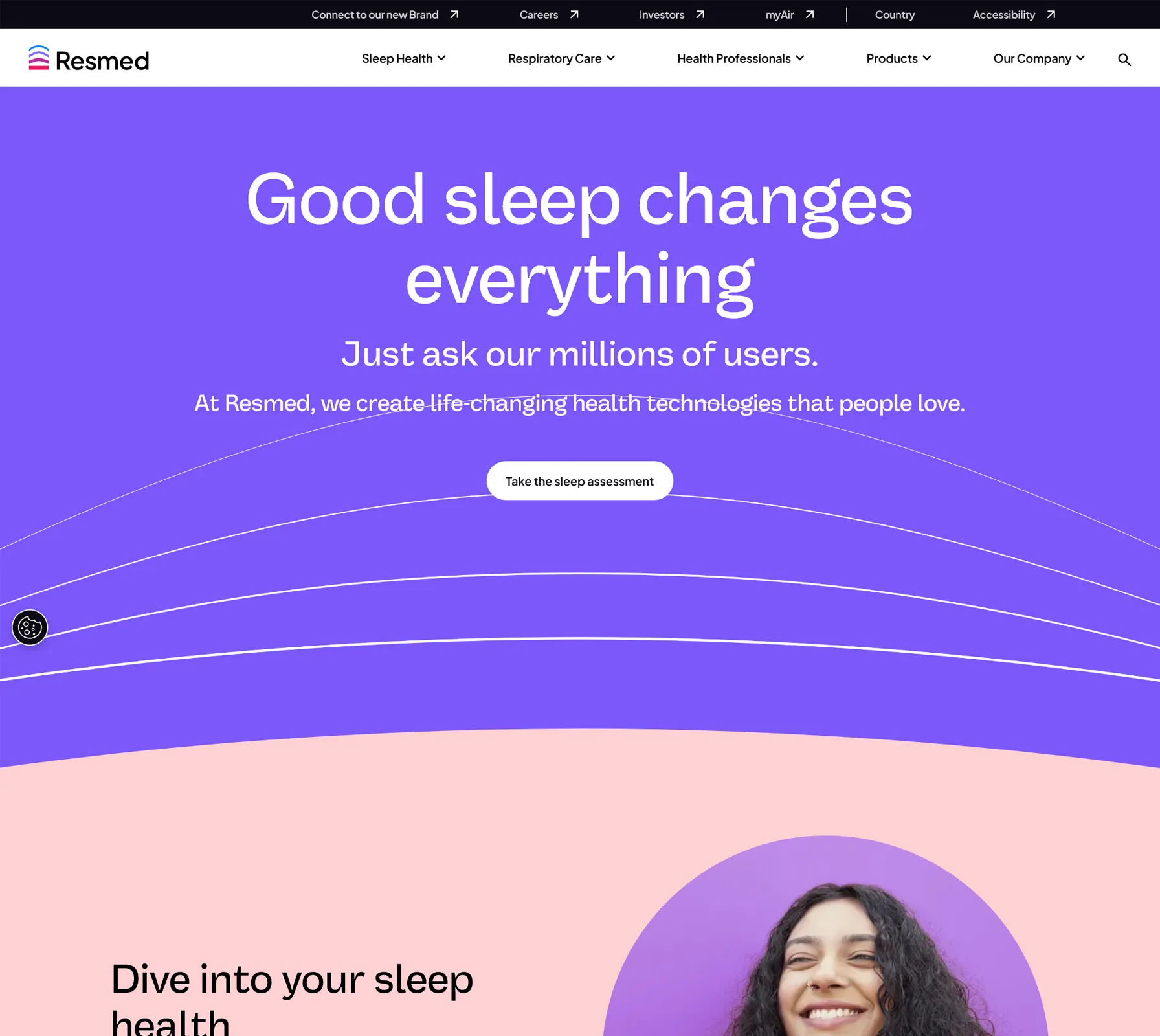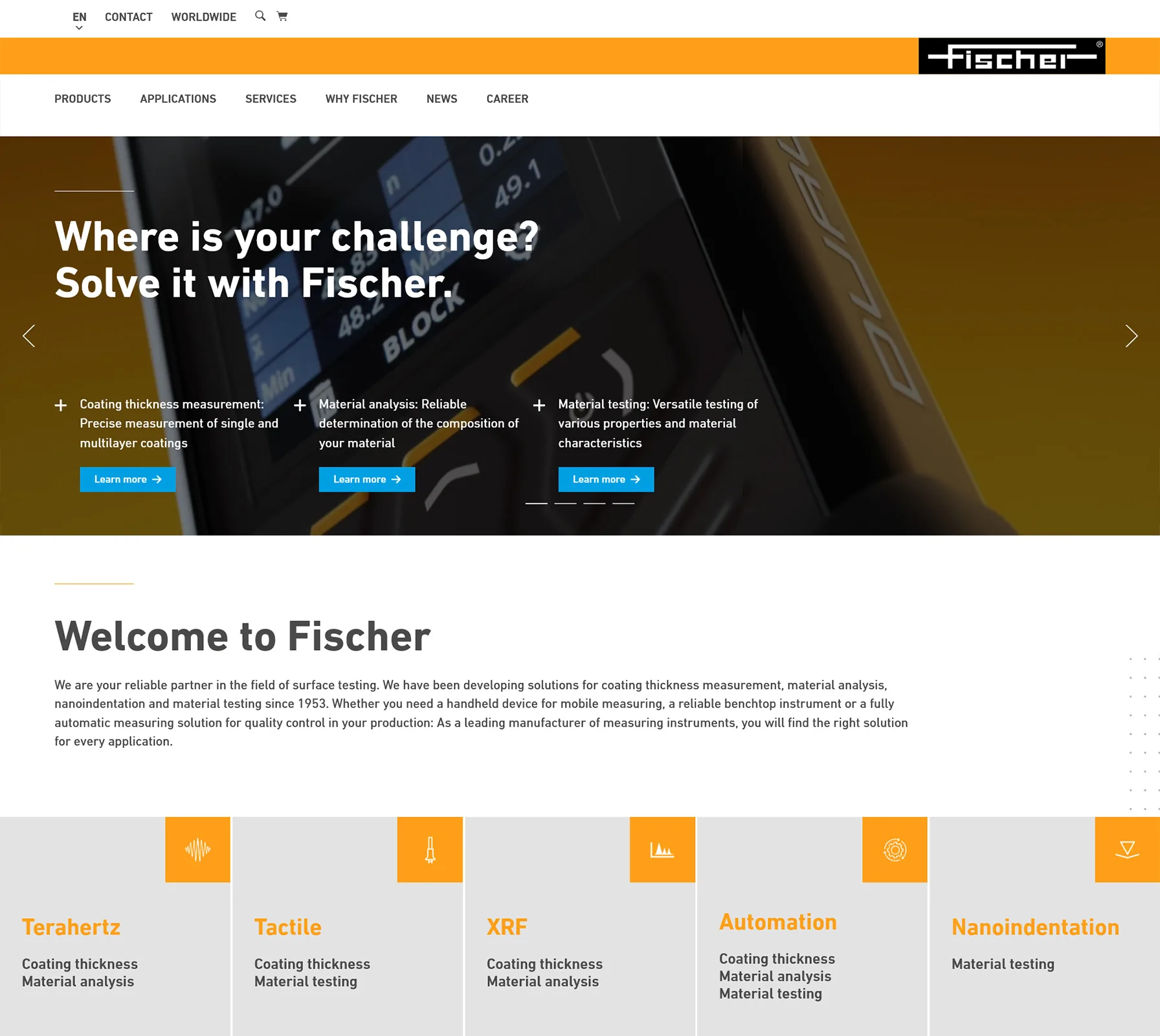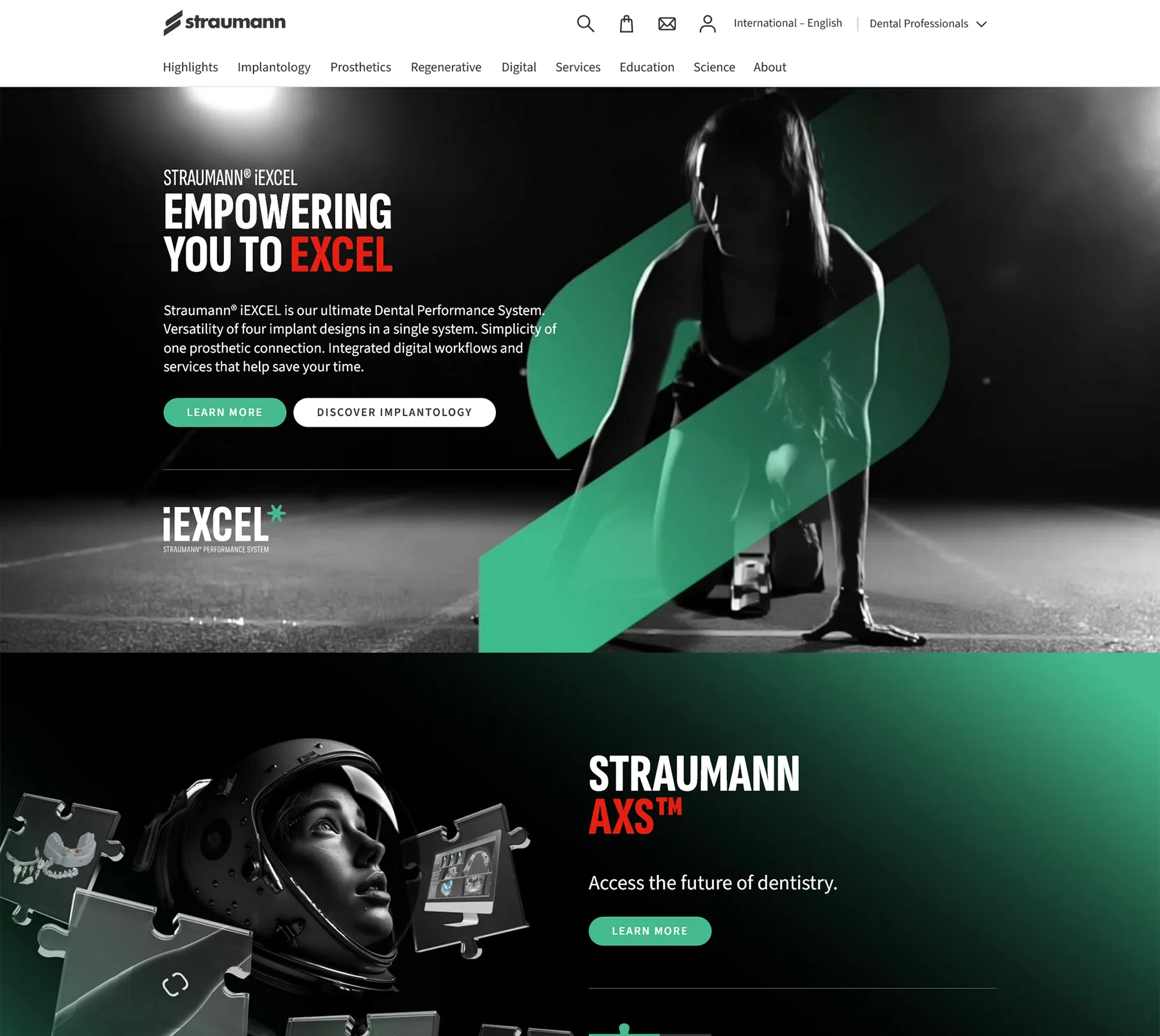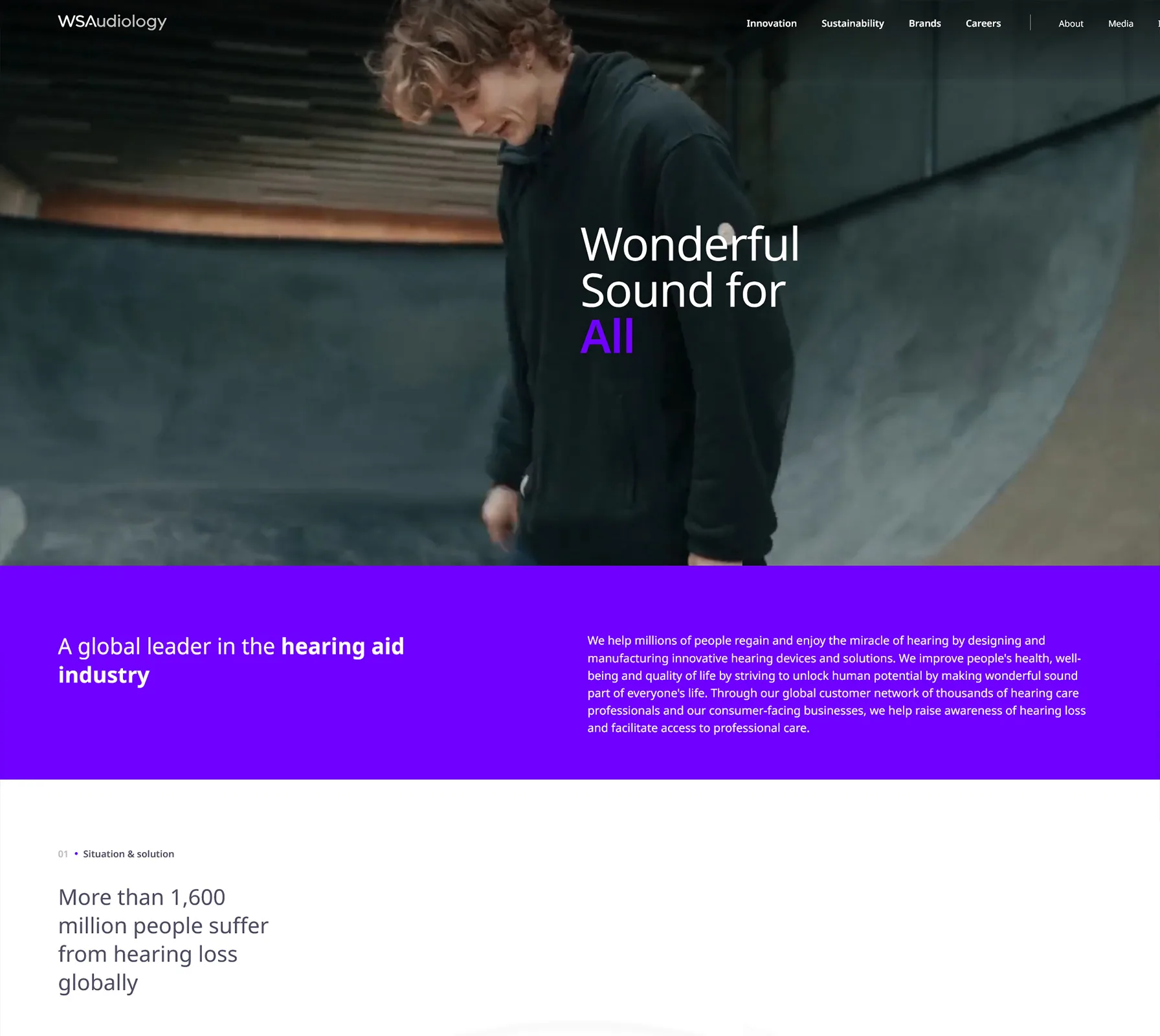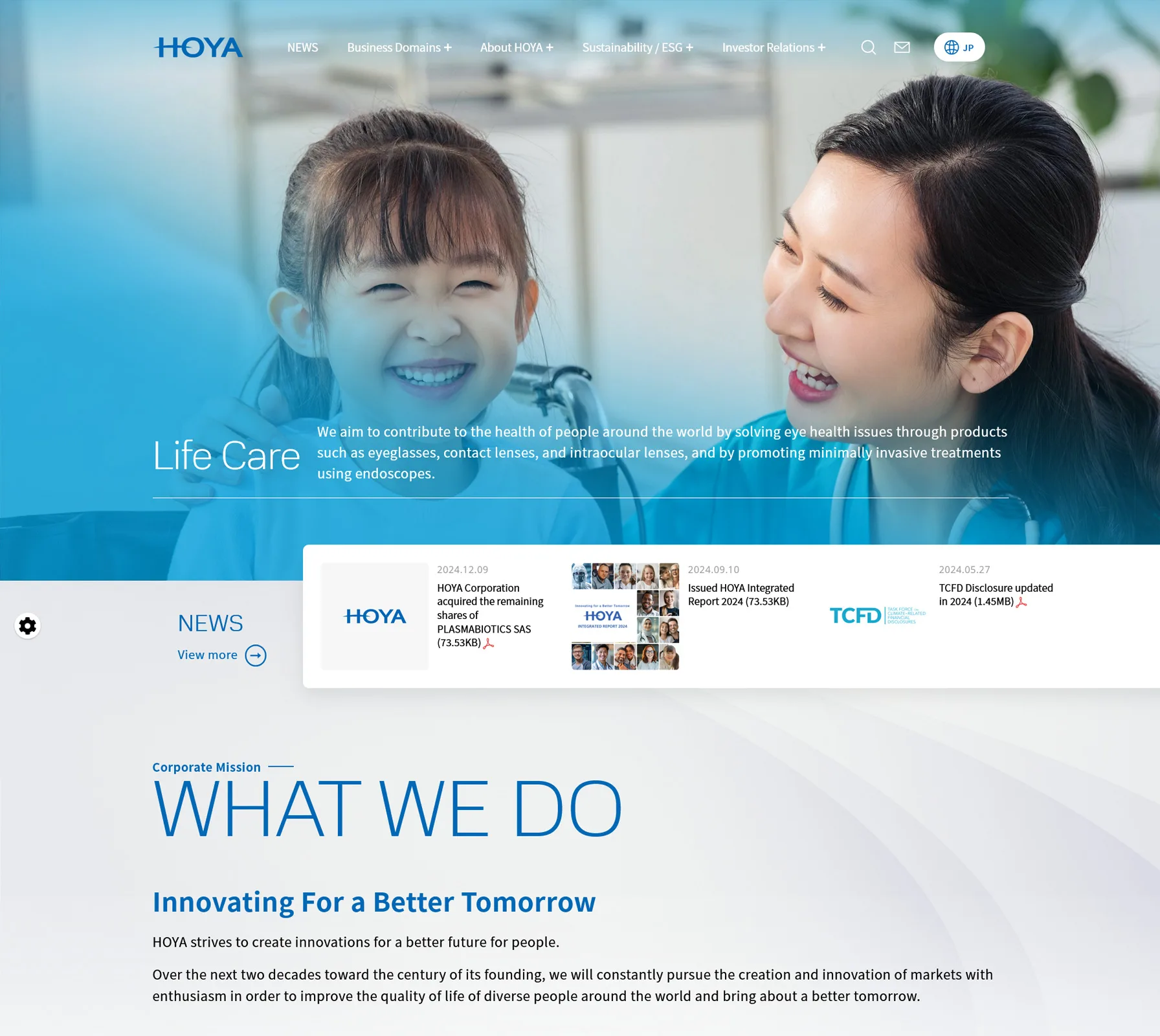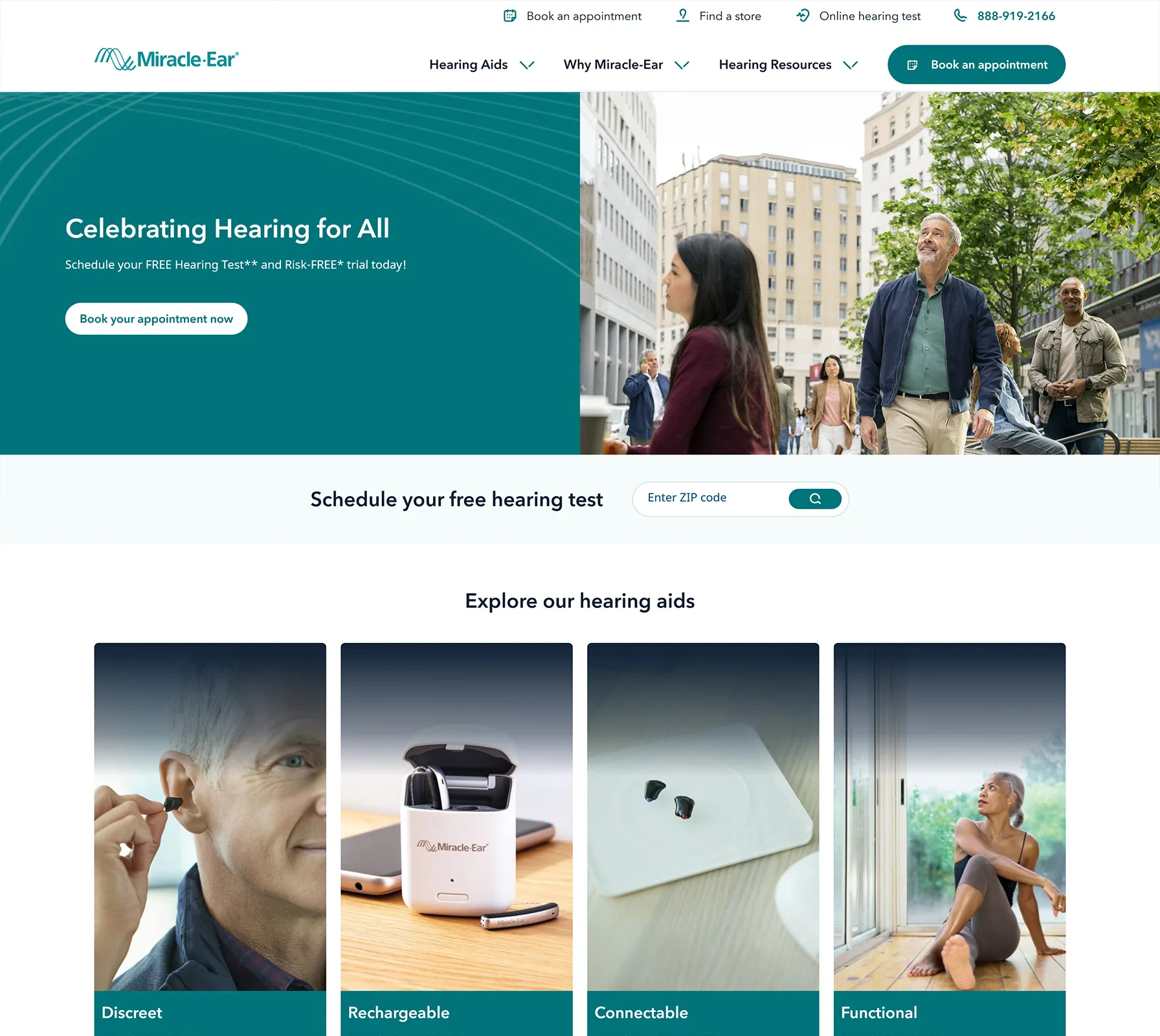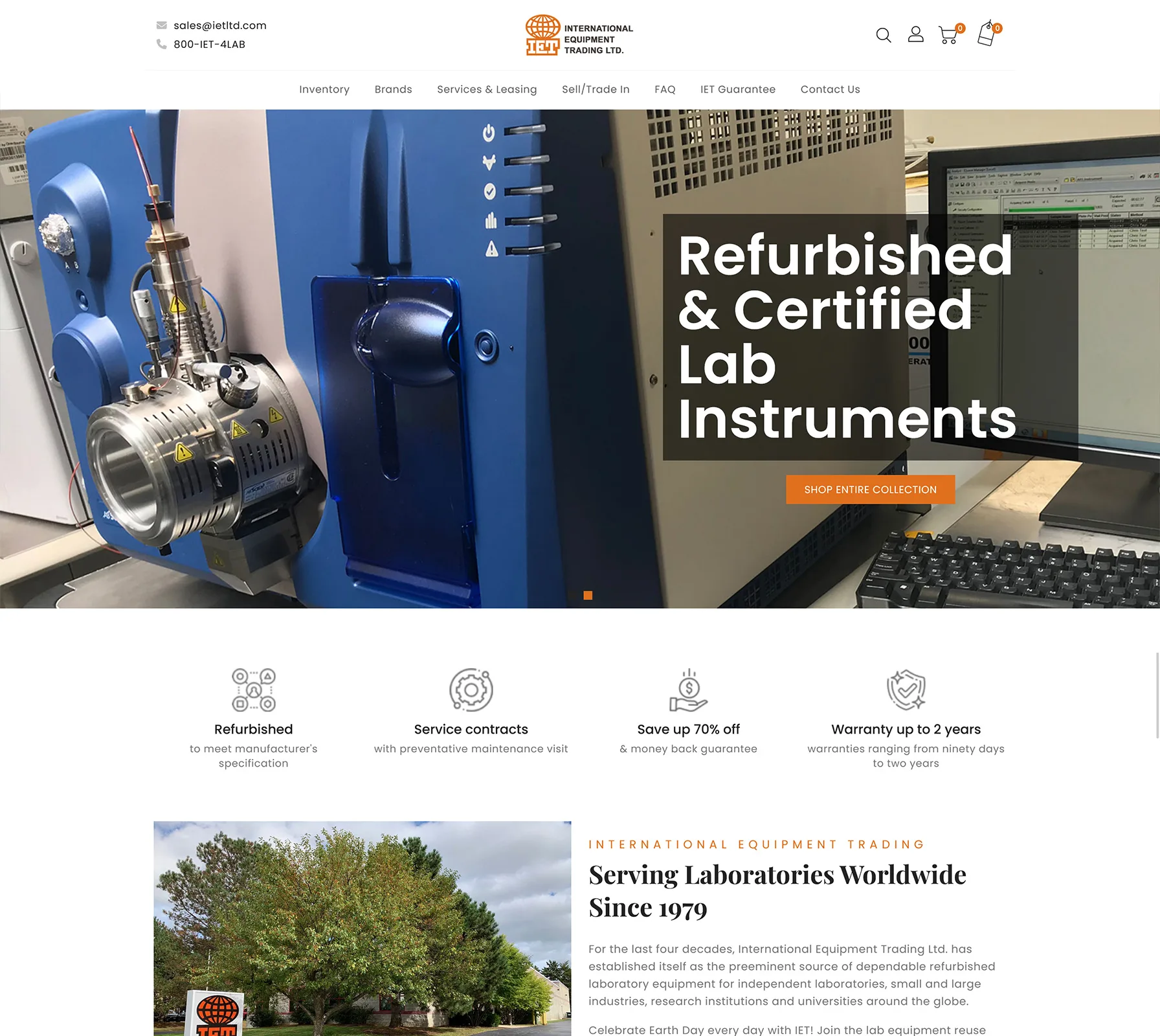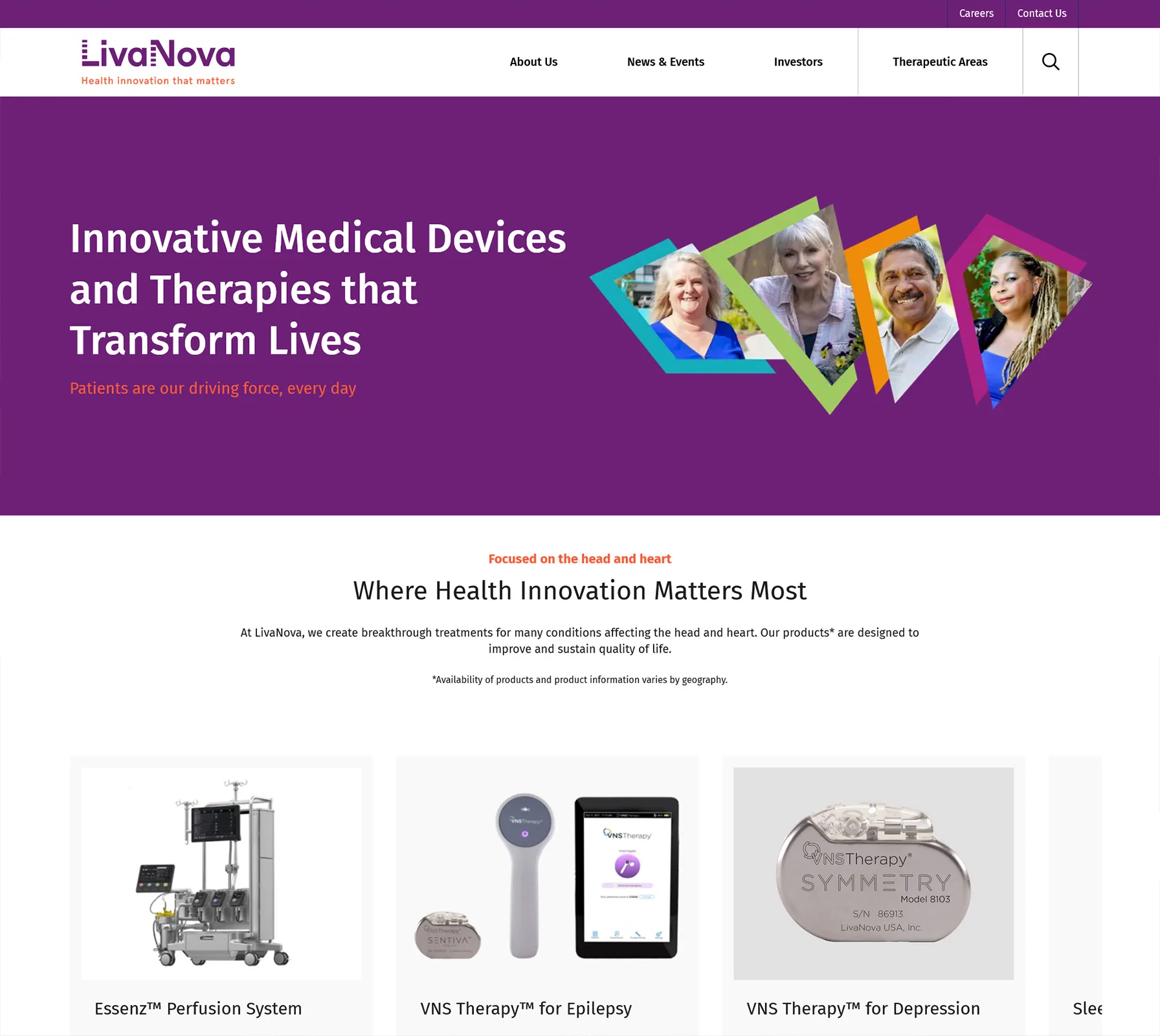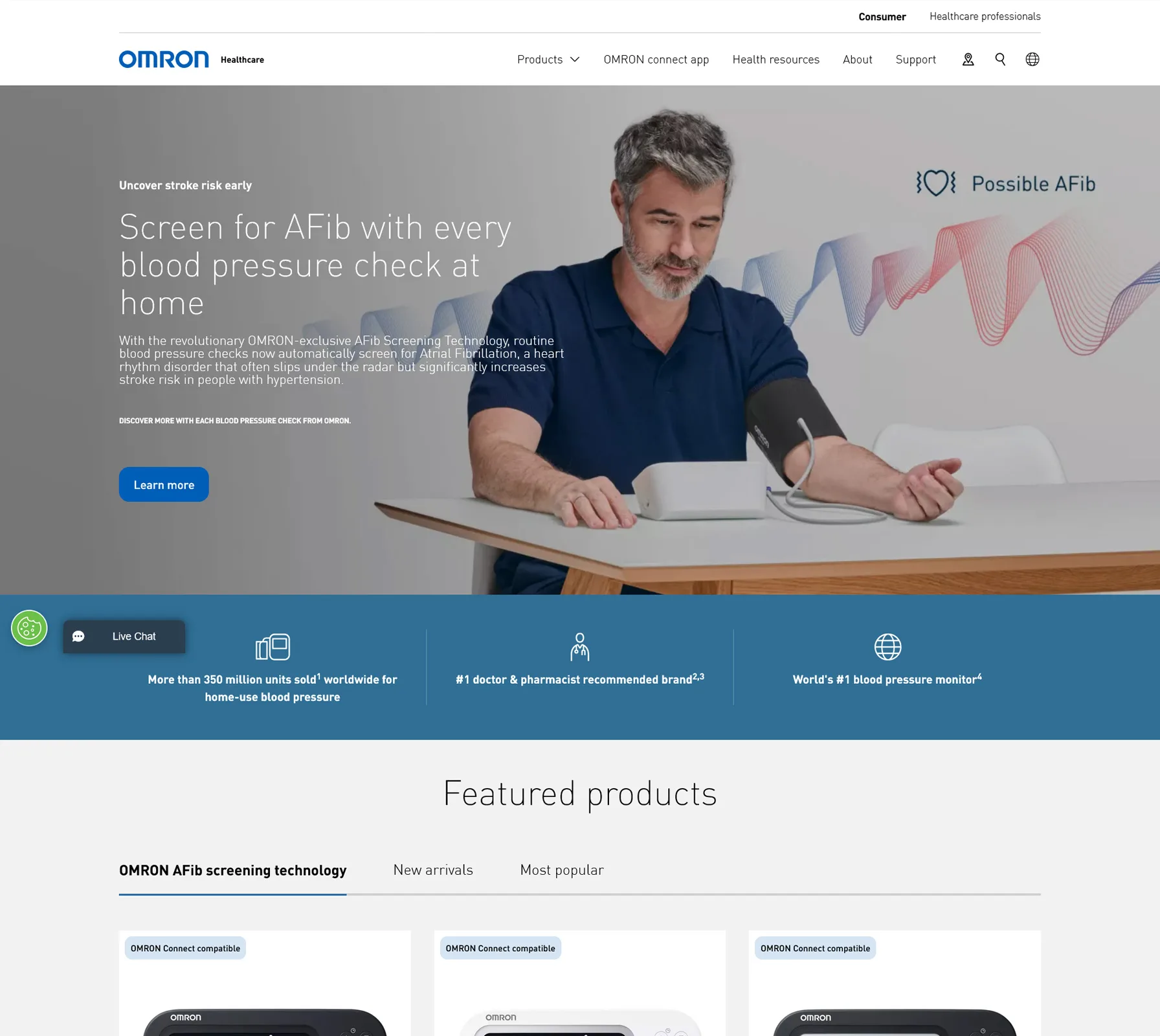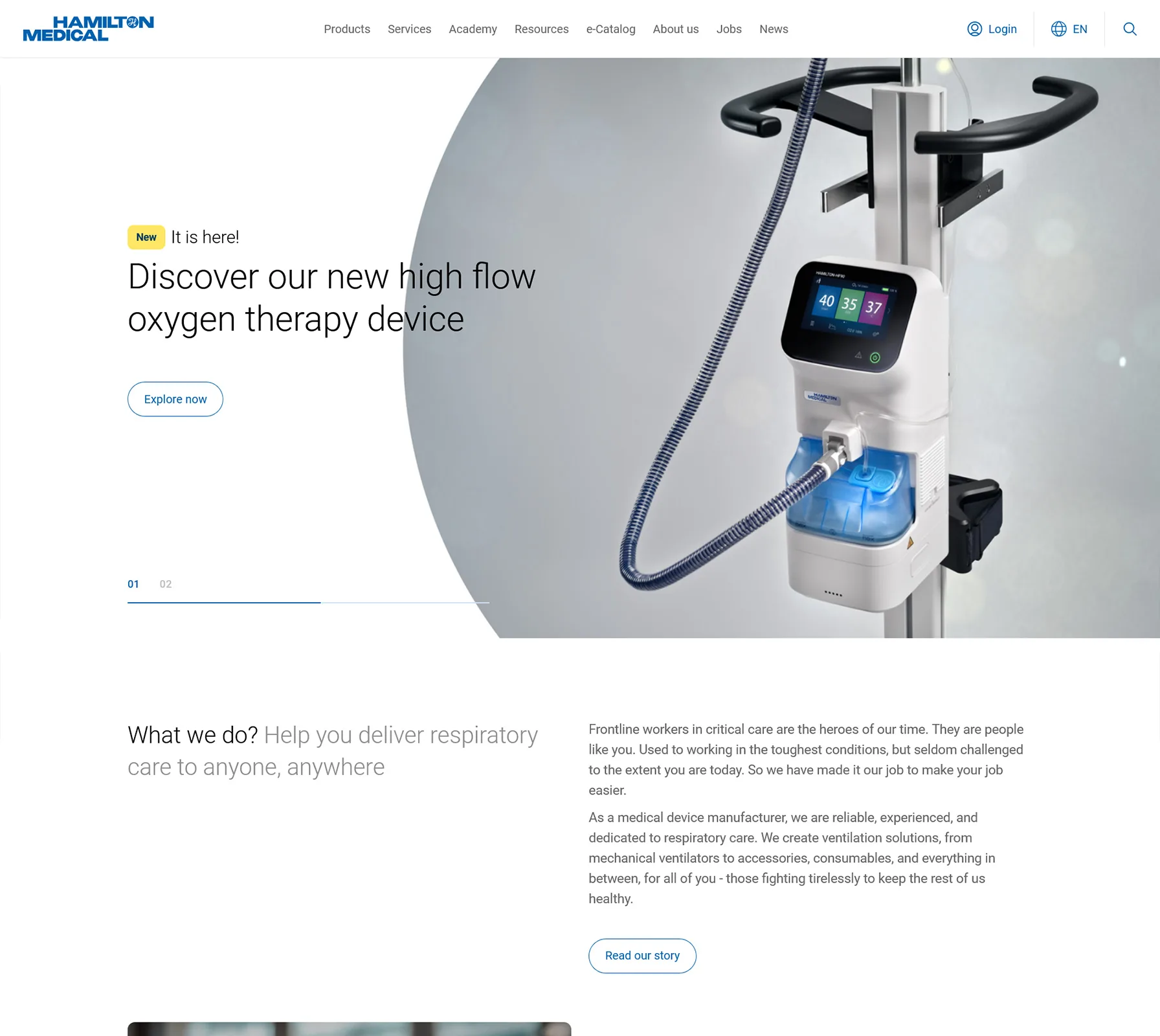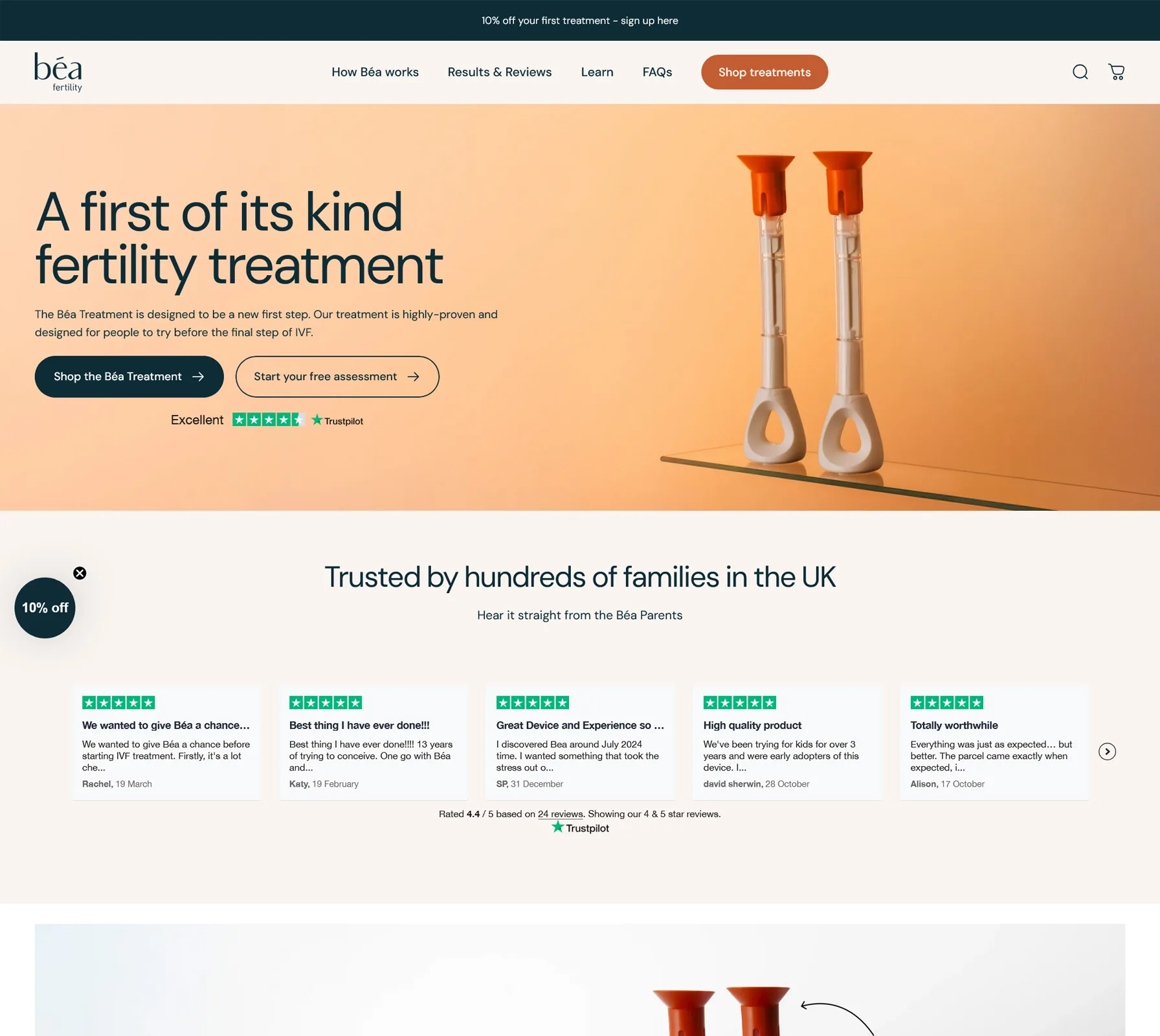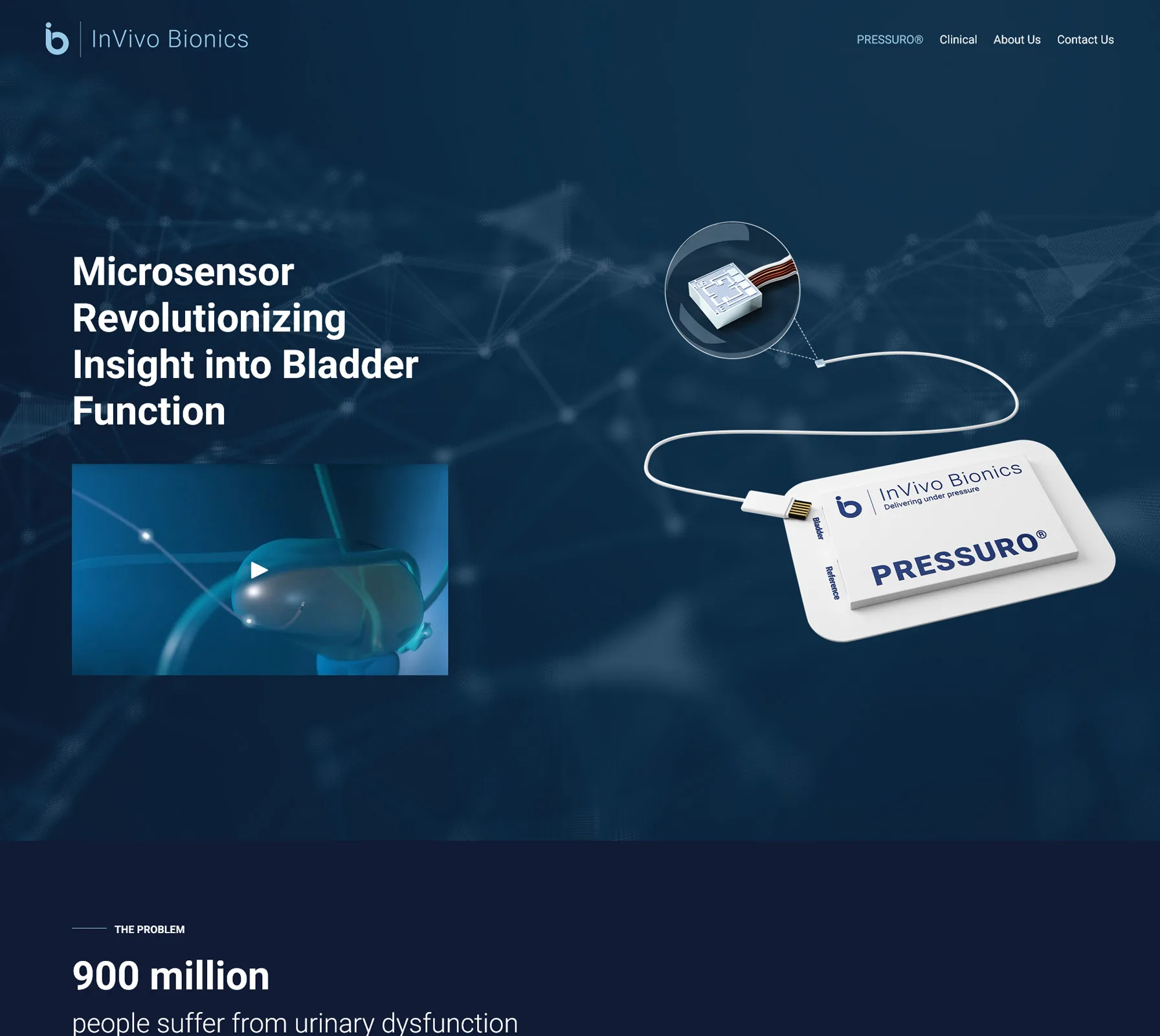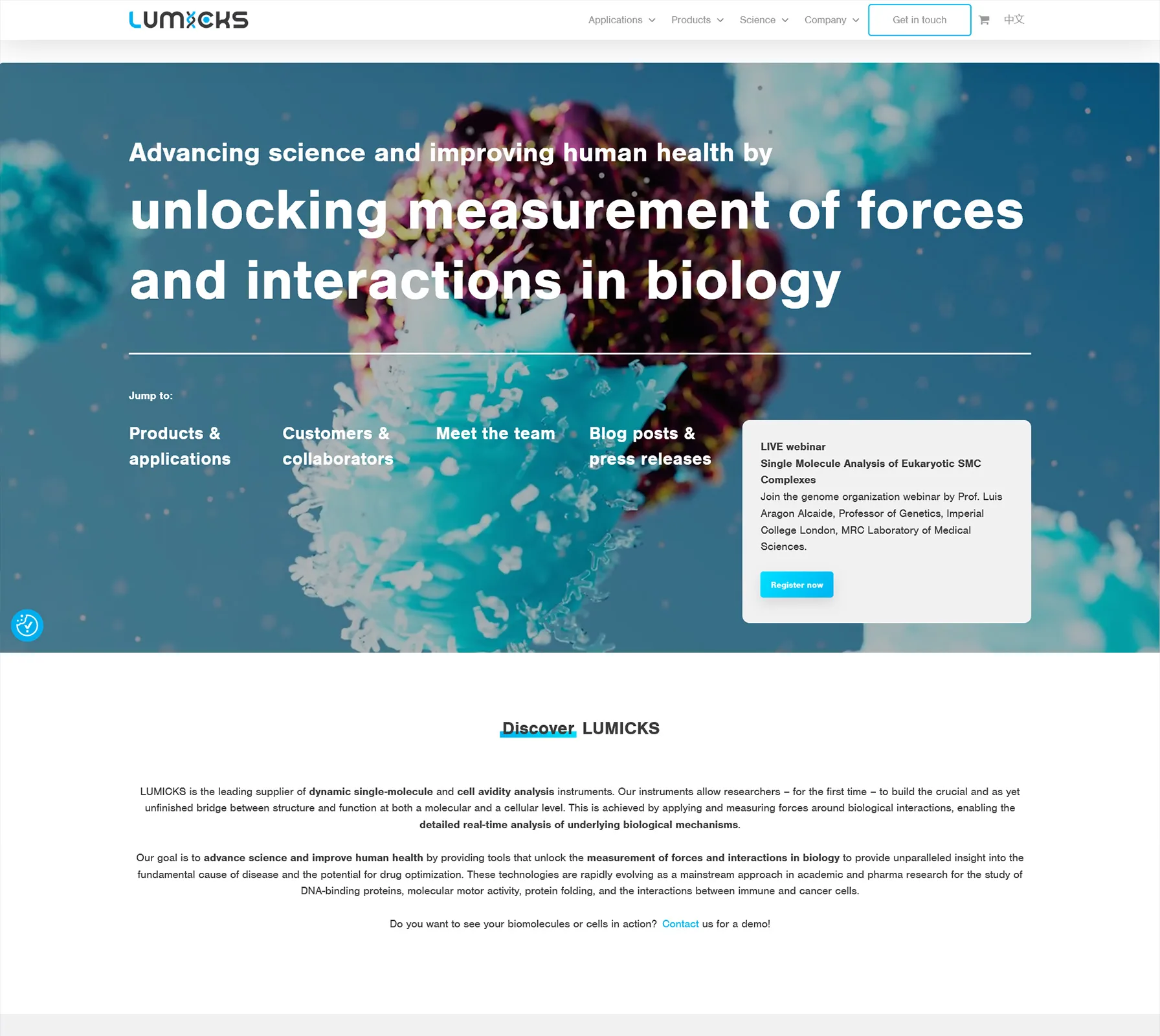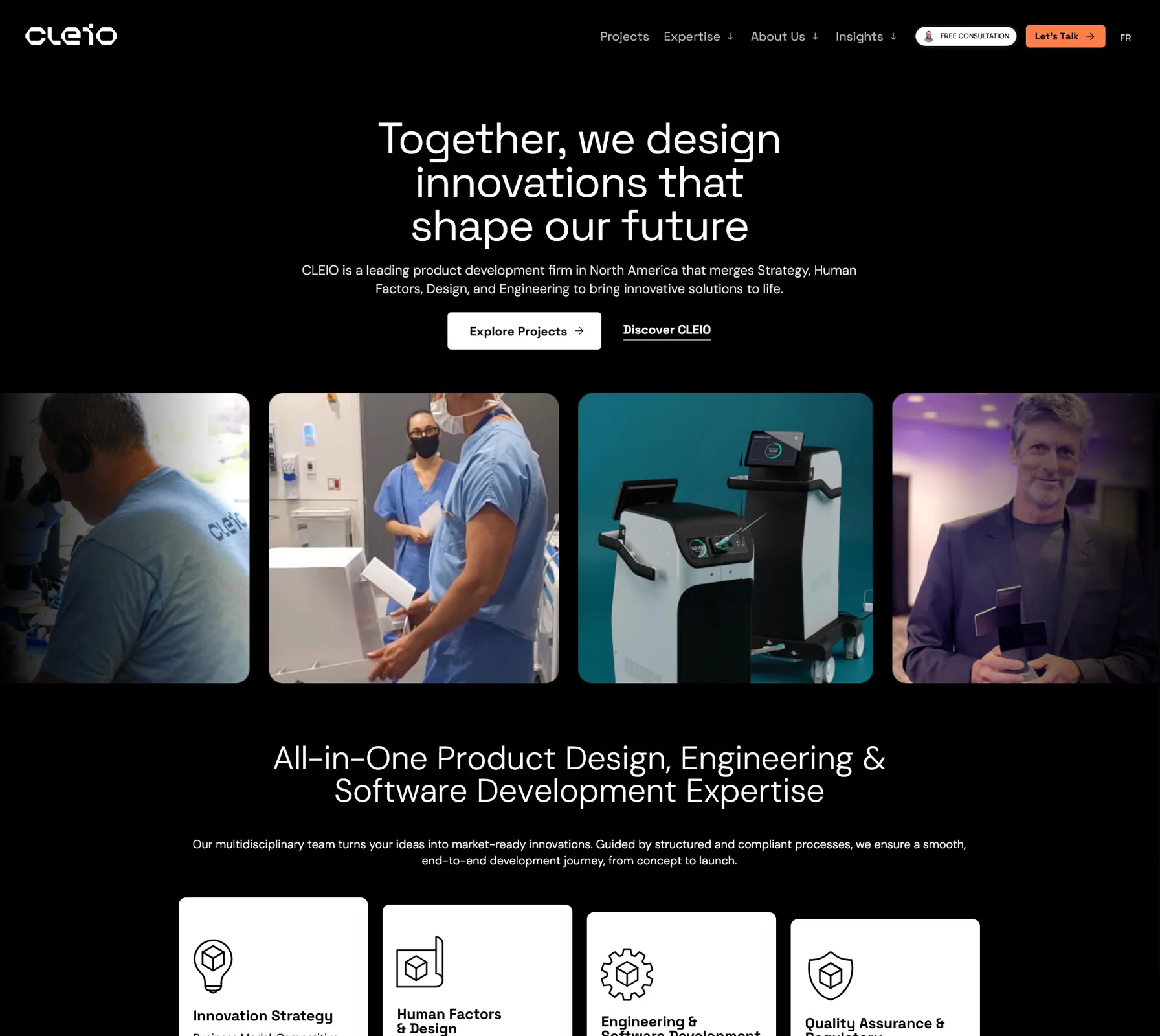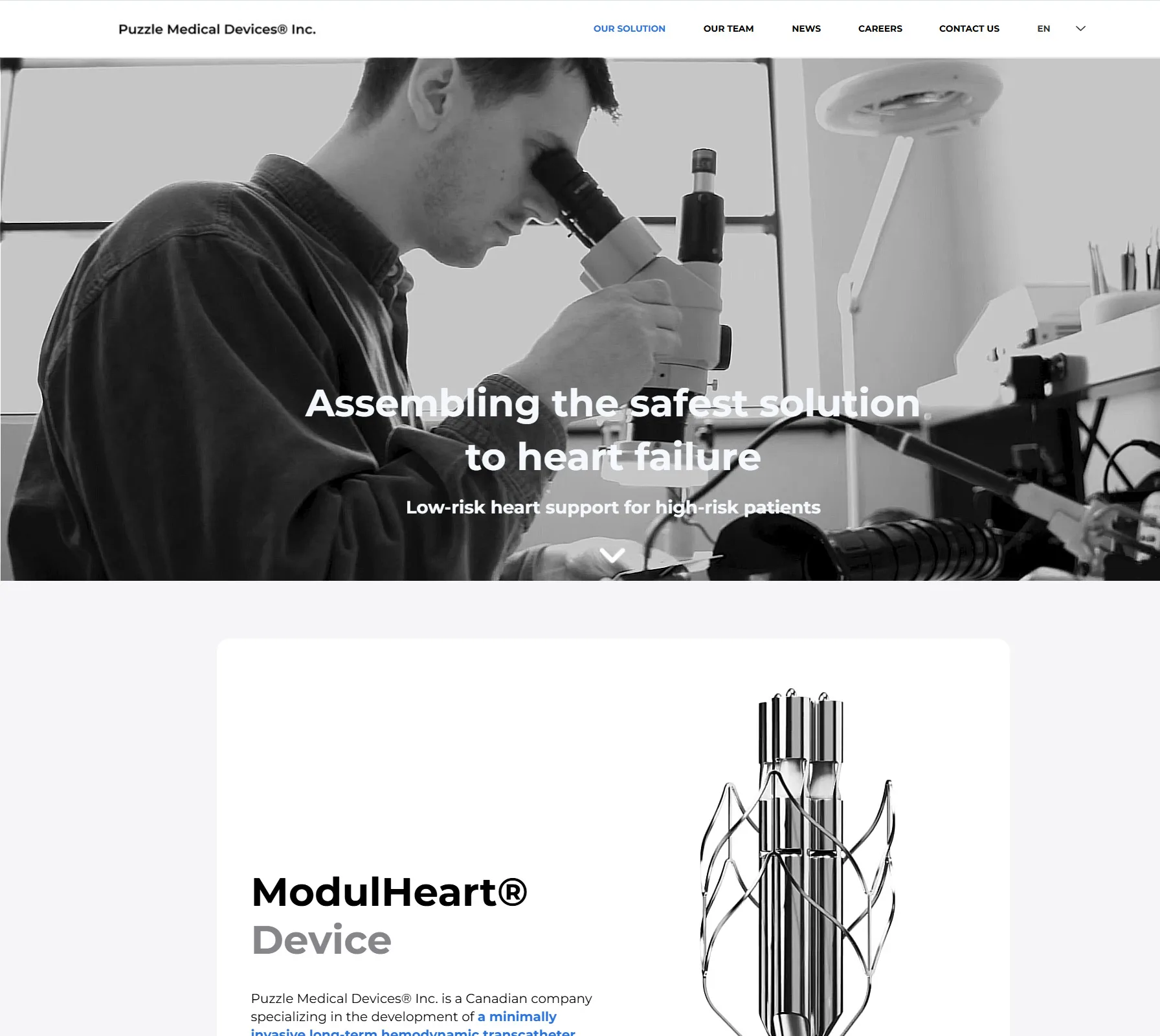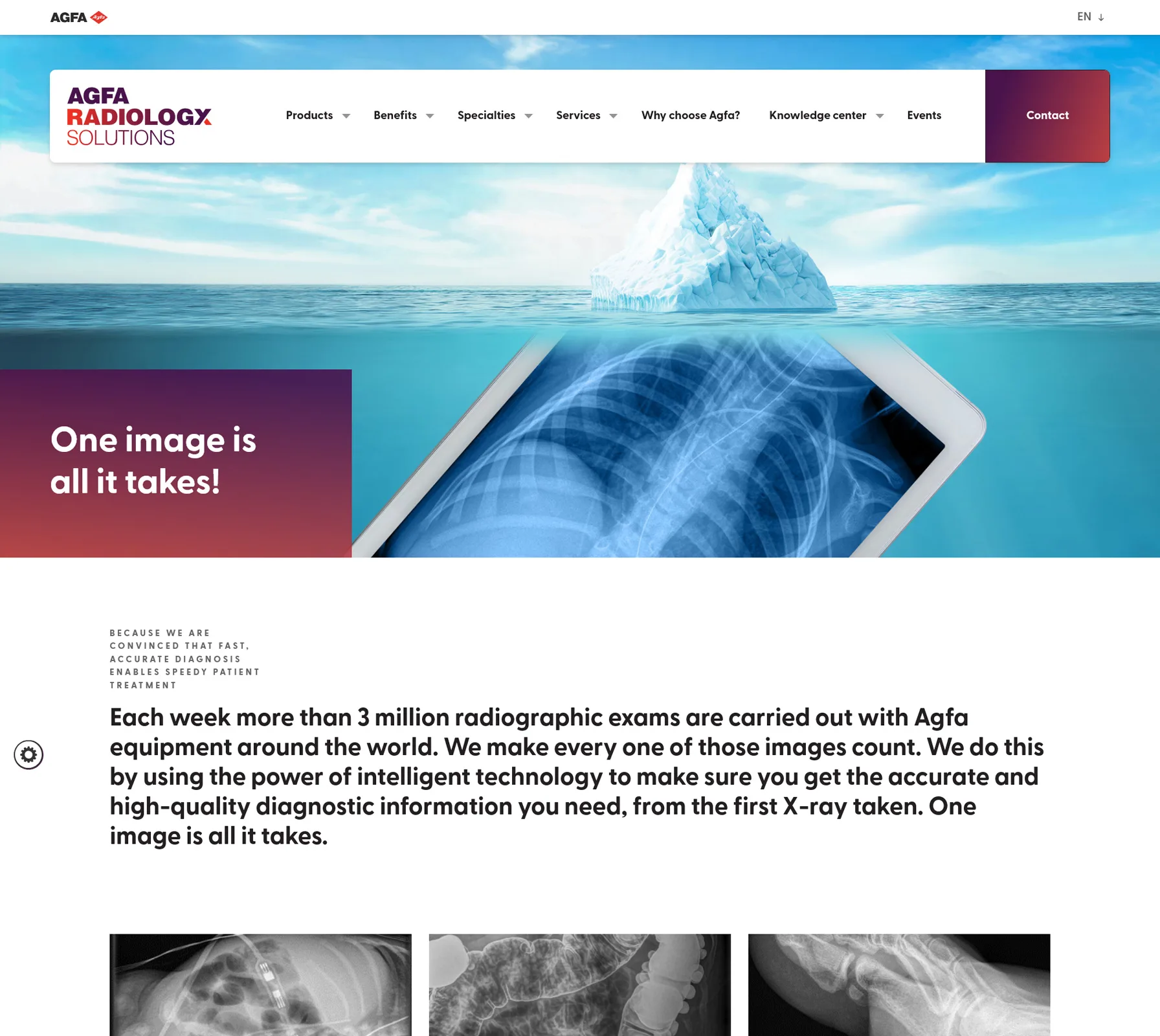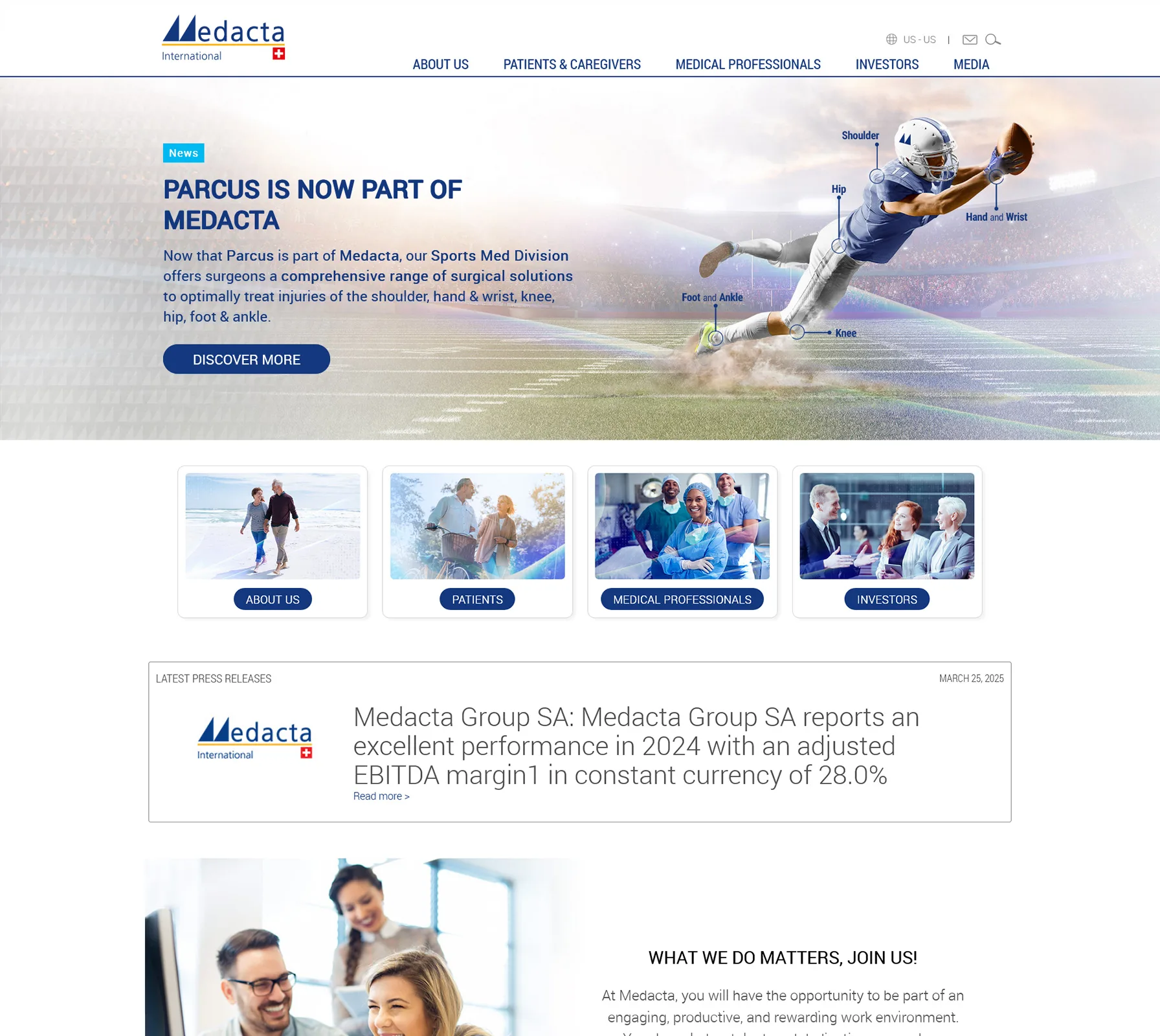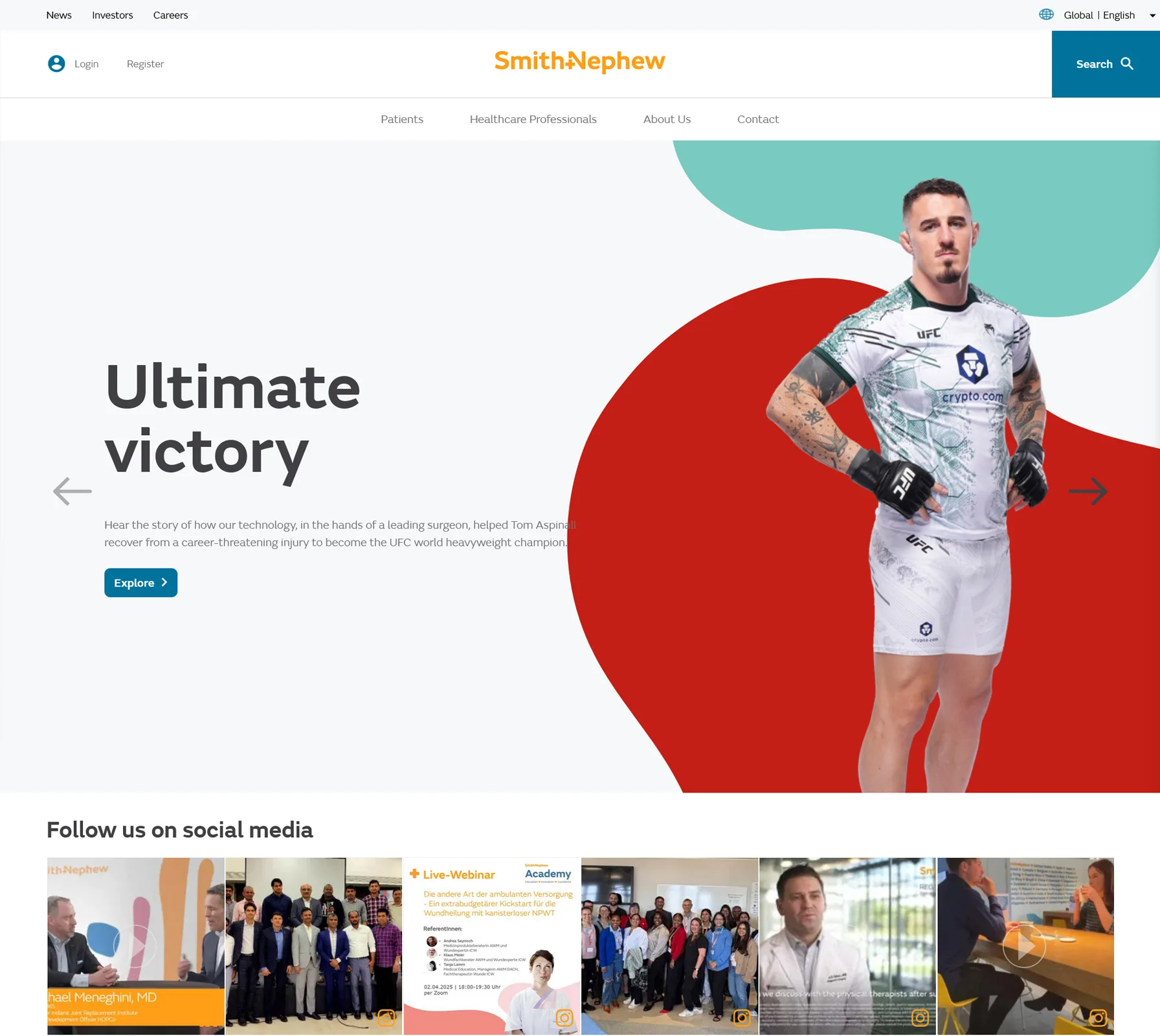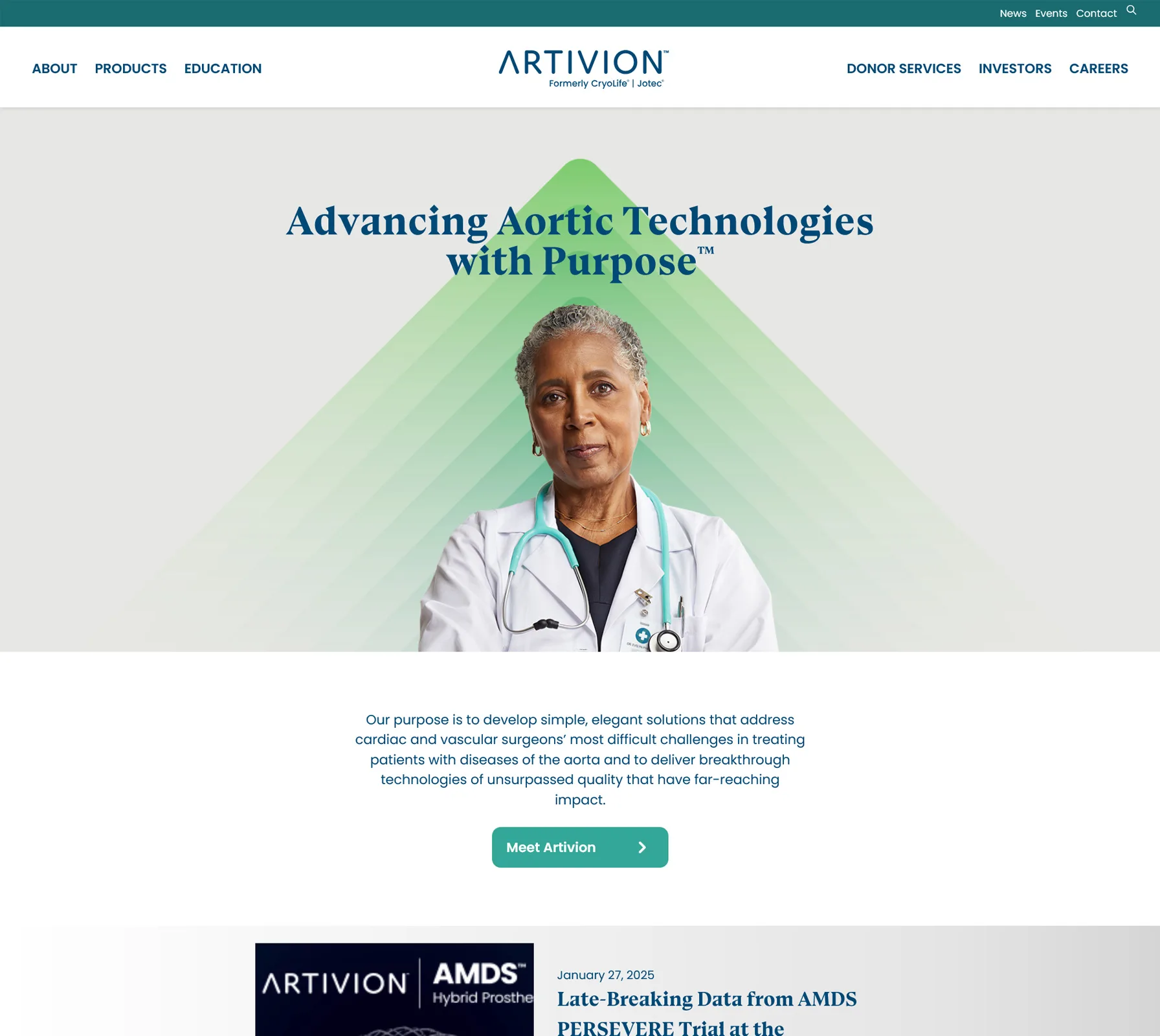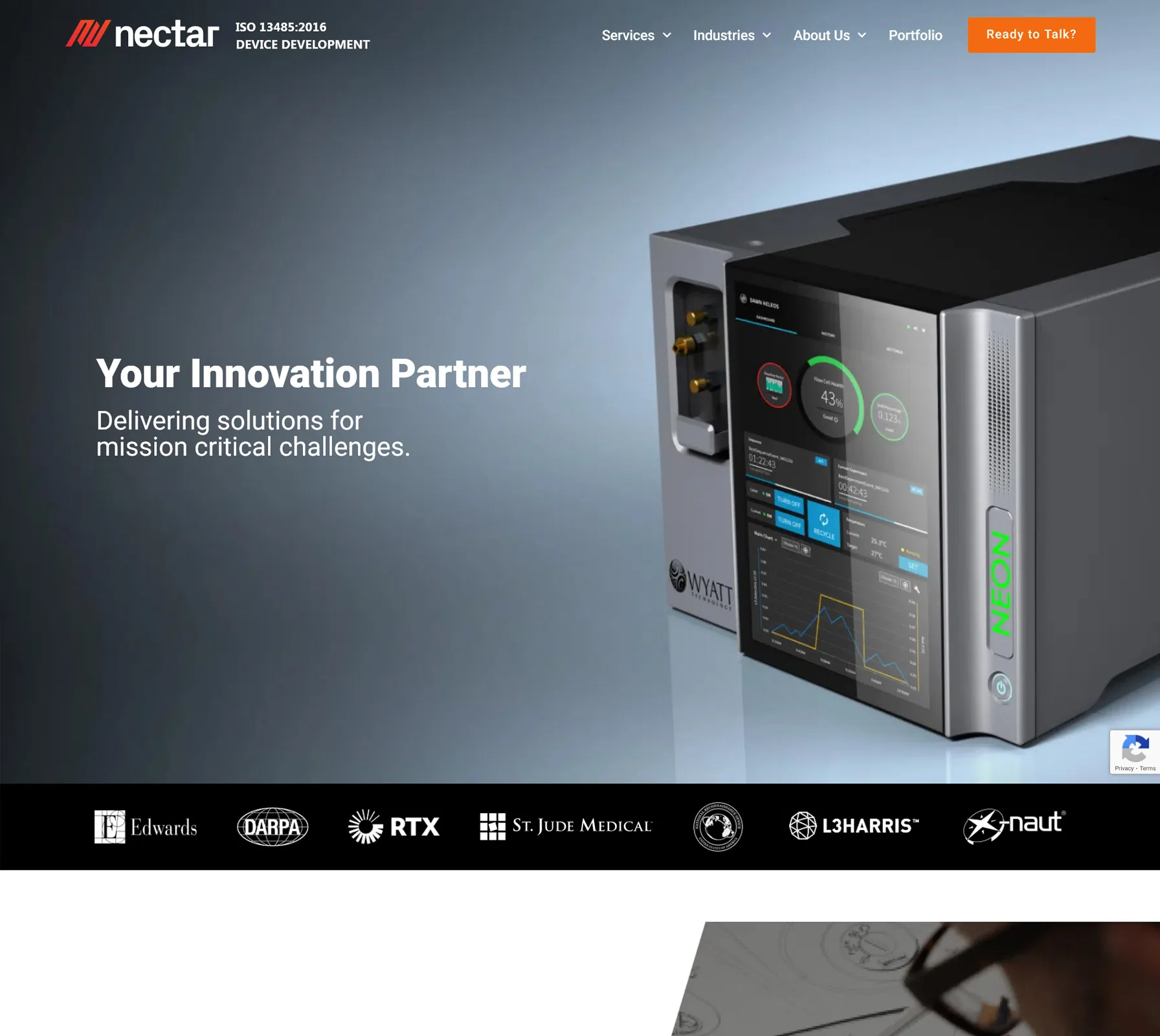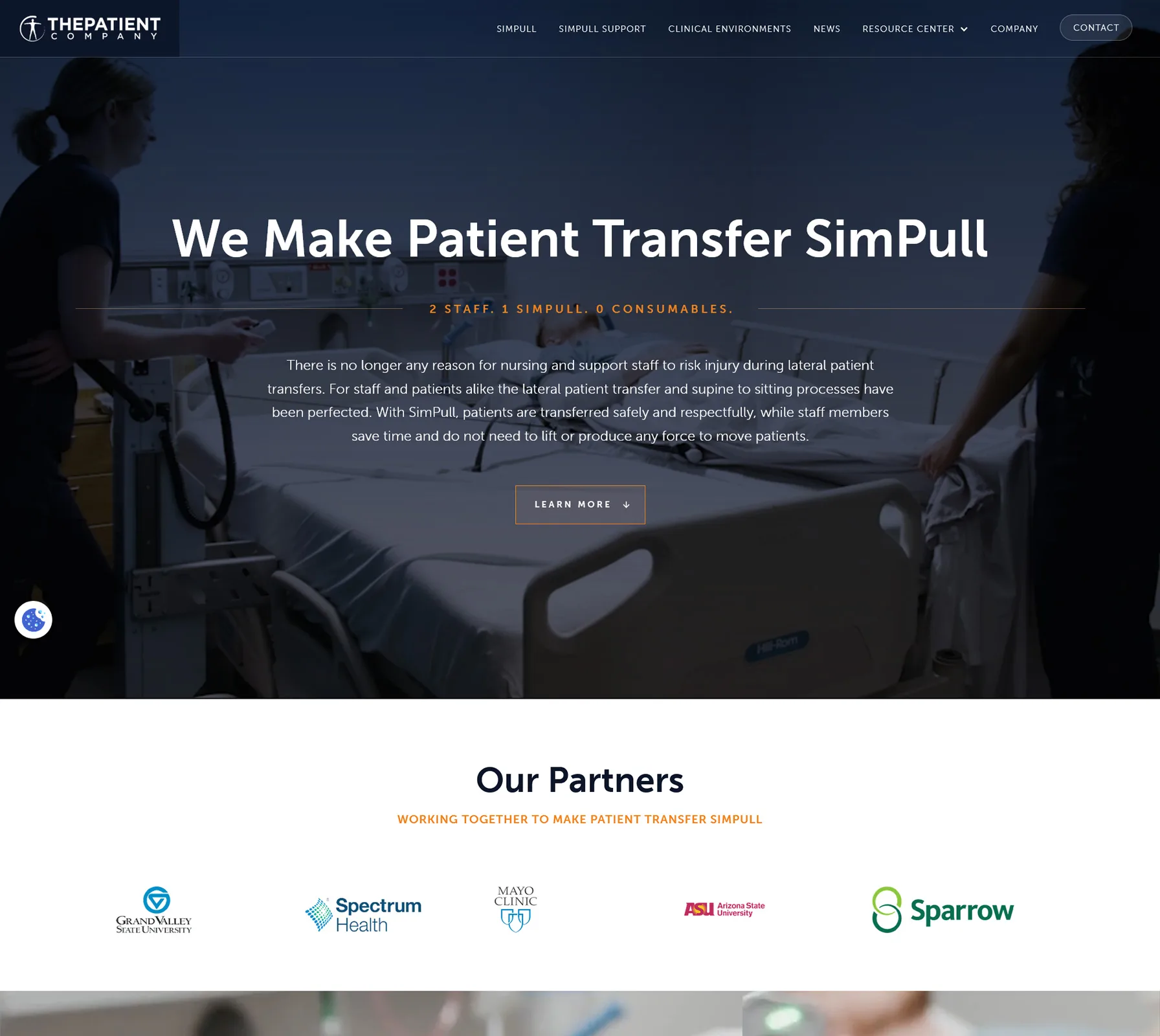In the medical marketing world, websites tend to fall into two distinct categories: those that work well and those that are clearly limping along. In an age where first impressions are often made online, the web design of medical device companies plays a crucial role. Visitors aren’t just looking for information—they’re seeking confidence in the precision, safety, and reliability of the devices themselves. As technology shapes user expectations, this article explores how effective web design goes far beyond aesthetics, becoming a vital part of building trust and credibility in the medical industry.
Modern medical device websites fuse innovation with clarity, ensuring complex data is accessible to diverse audiences. Key elements include user-centric design, regulatory compliance, and responsive technology. By examining successful examples, we unravel strategies that facilitate decision-making and enhance user engagement.
From AI-driven enhancements to the incorporation of assistive technology, current trends redefine expectations. This guide delves into top design principles, innovative strategies, and spotlight case studies, offering insights into the evolution of web design in the medical device sector.
Key Elements of an Effective Medical Device & Life Science Website
Medical device and life science websites generally fall into two categories: those that function smoothly and communicate trust—and those that feel clunky, outdated, or difficult to navigate. In today’s digital-first environment, these sites must do more than look good. They must guide users through complex information, communicate safety and precision, and support regulatory transparency. Whether you’re reaching healthcare professionals, procurement officers, or potential partners, your website plays a central role in building credibility and showcasing innovation.
Here are the essential design principles and strategies that successful medical and life science websites share:
1. User-Friendly Navigation
Clear menus, logical page structures, and intuitive user flows make it easy for visitors to find what they need—whether it’s information on a specific diagnostic device, manufacturing capabilities, or regulatory documentation. Simplified navigation keeps users engaged and reduces bounce rates.
2. Responsive, Accessible Design
Your audience could be accessing your site from a hospital desktop, a tablet in a lab, or a mobile phone in transit. A fully responsive design ensures a consistent experience across all devices, which is essential in today’s healthcare environments.
3. Clear Product and Technical Information
Medical and diagnostic devices often feature complex technologies. Use concise, jargon-free language supported by visual aids such as diagrams, videos, and infographics to explain features, benefits, and use cases. This makes the information more accessible to a wide range of users—from clinicians to supply chain managers.
4. Engaging Visual Presentation
Design should not only be modern and clean, but also functional. Use high-quality images, product videos, and even interactive 3D models to demonstrate device use or simulate environments. These visuals can help visitors grasp complicated concepts quickly and make your site more memorable.
5. Trust Signals and Regulatory Compliance
In a highly regulated industry, showcasing compliance is essential. Display certifications (FDA, ISO, CE), publish case studies, and include testimonials from respected institutions like Cardinal Health or Johnson & Johnson. These elements reinforce credibility and trustworthiness.
6. Focus on Usability and Interaction
Keep your UI intuitive and accessible. Include features like product comparison tools, filterable catalogs, downloadable spec sheets, and FAQ sections. These elements help users efficiently navigate the full product lifecycle—from discovery to decision-making to post-sale support.
7. Strategic, Educational Content
Go beyond sales messaging. Develop content that educates and informs—such as blog posts, explainer videos, and patient stories—that align with your industrial marketing strategy. This positions your company as a thought leader and builds deeper connections with your audience.
Innovative Web Presentation Strategies
Top-performing life science and medical technology companies are embracing innovation not just in their products—but also in how they present them online. Here are some standout web presentation strategies:
- Interactive Product Demos: 3D models and virtual tours allow users to explore medical devices from every angle, enhancing understanding of technical features.
- Story-Driven Content: Sharing patient success stories or real-world applications helps humanize technology and connect emotionally with viewers.
- Educational Media Hubs: Companies like Cardinal Health integrate videos, webinars, and white papers to explain complex topics in simple terms, building trust and authority.
- Step-by-Step Visual Guides: Walkthroughs of device usage or manufacturing processes simplify learning and reduce cognitive load.
Consistent Visual Hierarchy: Using well-defined headers, bullet points, and formatting standards ensures that complex information is scannable and user-friendly.
By incorporating these principles and strategies, medical device and life science websites can move from simply existing to excelling—providing clarity, credibility, and confidence to all who visit. Whether your company specializes in diagnostics, lab equipment, or surgical technologies, a well-structured, user-centered website can be one of your most valuable marketing and sales tools.
Navigating Complex Information with Clarity
One of the biggest challenges in designing for medical device companies is translating intricate, technical information into content that is easy to understand. Here’s how you can make complex material more digestible:
Use Clear, Concise Language
Avoid overly technical jargon when possible. Speak directly to your audience in plain terms, especially when explaining how a device works or why it matters in a clinical setting.
Visual Aids and Infographics
Use charts, diagrams, and tables to simplify complex data. A well-designed visual can often communicate more effectively than a paragraph of text—especially for clinicians looking for quick answers.
Break It Down
Don’t overload visitors with dense walls of text. Break content into shorter paragraphs, use bullet points, and incorporate white space to keep the experience light and scannable.
Provide Step-by-Step Guides
For more technical processes—such as using a diagnostic device or navigating regulatory steps—step-by-step walkthroughs or interactive modules can help users stay engaged and informed.
Maintain Consistent Formatting
Organize information with consistent headings, typography, and structure. This ensures a smoother reading experience and helps users quickly find what they need—whether it’s specs on a surgical tool or documentation for compliance.
Leveraging Usability for Improved Decision-Making
Usability is a game-changer in improving decision-making. When design focuses on user experience, users can navigate complex products like diagnostic devices with ease. This leads to better decisions, faster.
Key Considerations for Usability:
- Simplicity: Easy-to-understand interfaces ensure users, whether in life science companies or medical technology firms, can operate equipment without confusion.
- Intuitive Navigation: Users can focus on resolving medical conditions rather than figuring out the device.
- Effective Feedback: Devices that provide clear guidance enhance the user’s confidence. This is crucial in the medical device market and for life science organizations handling a wide range of tasks.
- Accessibility: A broad range of users, including those from diverse backgrounds, can make informed decisions if the design is inclusive.
Benefits Across Entire Product Life Cycle:
- Design Phase: A focus on usability speeds up product development and reduces costs.
- Manufacturing Capabilities: Ensures that the final product meets industry standards.
- Digital Experiences: Enhances user engagement and satisfaction.
By prioritizing usability in design, manufacturers like Johnson & Johnson and Cardinal Health can support better decision-making across their complex product lines.
Spotlight on Intuitive
Intuitive is at the forefront of advancing medical device technology. Known for its innovative surgical systems, Intuitive designs intuitive robotic-assisted therapies that enhance physician capabilities. Their website, intuitive.com, stands out as a beacon for life science companies aiming to communicate their complex products effectively.
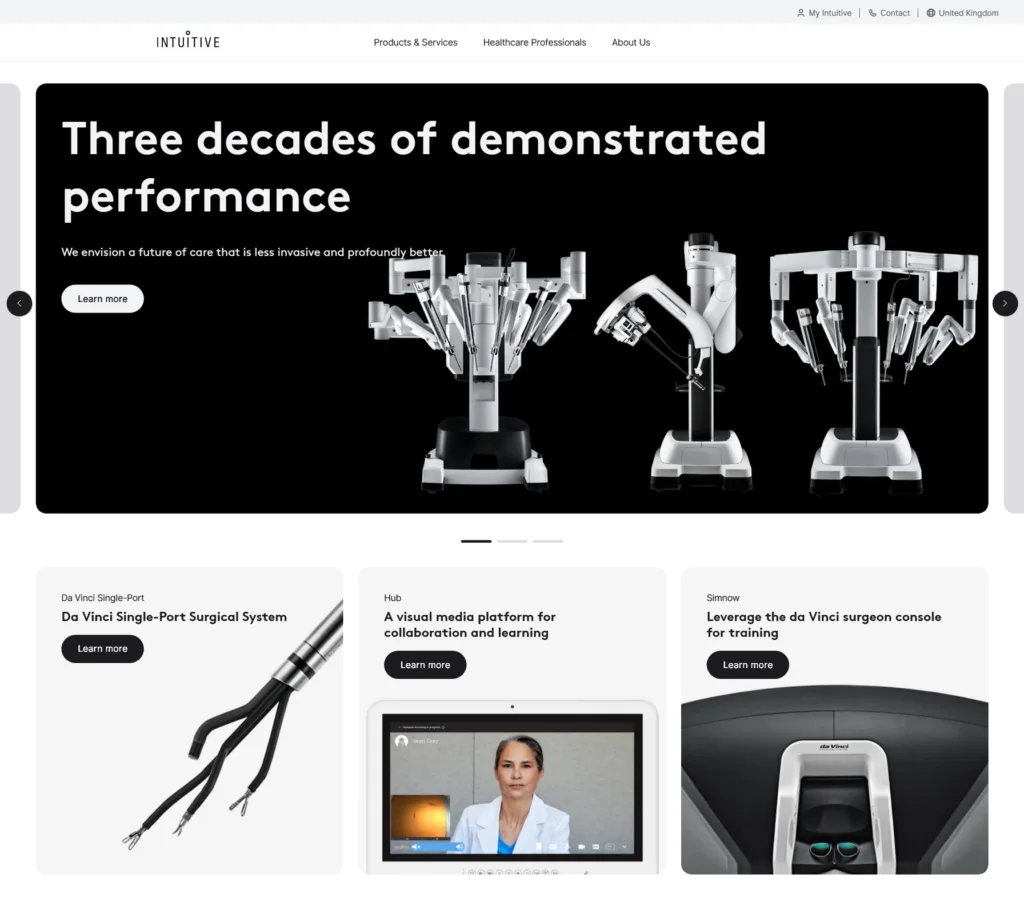
Click here to see Intuitive’s medical device manufacturer website example
Website Highlights:
- User-Centric Design: The website is structured for easy navigation, making it simple for users to find information about diagnostic devices and entire product life cycles.
- Rich Visuals: High-quality images and videos illustrate the practical applications of their technologies, showcasing manufacturing capabilities.
- Comprehensive Resources: The site offers a wide range of resources, including detailed product descriptions, safety information, and case studies that support medical technology companies in broadening their knowledge.
Intuitive’s digital experience emphasizes clarity and accessibility, aligning with industrial marketing strategies that target the medical device market. By presenting complex products in a clear format, Intuitive effectively supports physicians and life science organizations in delivering better patient outcomes.
ABBOTT LABORATORIES: Engaging User Experiences
Abbott Laboratories, a leading name in the medical device market, excels at creating engaging user experiences. Their website stands out with a clean, modern design that appeals to a broad range of visitors. Key features include intuitive navigation and accessible information tailored for life science organizations and medical technology companies.

Click here to see Abbott’s medical device manufacturer website example
Website Highlights:
- User-Friendly Navigation: Visitors can easily find information on Abbott’s wide range of diagnostic devices and medical equipment.
- Engaging Content: The site offers insights into the entire product life cycle, appealing to those interested in manufacturing capabilities.
- Visually Appealing Design: High-quality images and videos enhance digital experiences and engage viewers with complex product details.
Abbott’s digital strategy focuses on providing clear, concise information about their innovative solutions for various medical conditions. By doing so, they support their industrial marketing strategy effectively. Having competitor giants like Cardinal Health and Johnson & Johnson, maintaining a strong online presence is crucial for Abbott.
The blend of engaging content and a responsive design ensures that Abbott’s website not only informs but also captivates users, setting a standard for life science companies worldwide.
Jabil’s Approach to Responsive Design
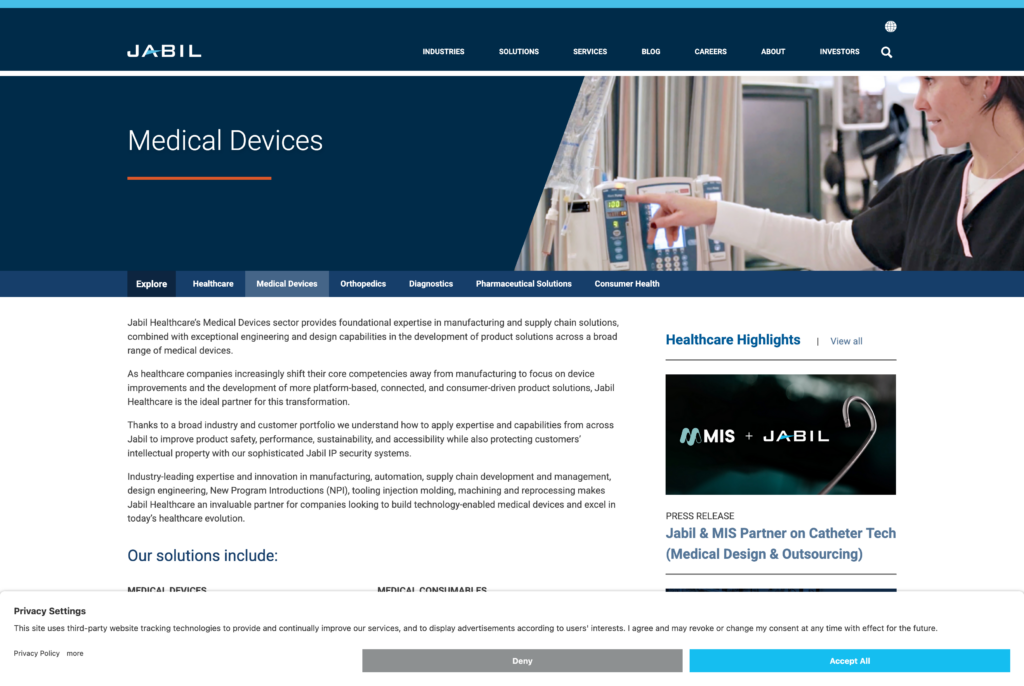
Click here to see Jabil’s medical device manufacturer website example
Jabil’s approach to responsive design stands out in the medical device market. This strategy ensures a seamless digital experience, vital for life science companies and medical technology firms. Here’s how Jabil achieves this:
- User-Centric Design: Jabil designs sites that adapt to different devices, making complex products easy to understand for users across mobile, tablet, and desktop platforms.
- Versatile Layouts: The company utilizes a broad range of flexible layouts, ensuring the website is informative and accessible. This means faster access to information about diagnostic devices and medical equipment.
- Integration with Manufacturing Capabilities: By showcasing their entire product life cycle on a responsive platform, Jabil highlights its industrial marketing strategy in the life sciences sector.
- Focus on SEO: Jabil uses SEO keywords like “medical device market” and “life science organizations” to enhance visibility.
In conclusion, Jabil’s responsive design is not only about aesthetics but also about improving accessibility and user engagement for life science companies and medical technology firms. This approach helps streamline complex products and services, making them user-friendly and efficient.
HS Design: Integrating Modern Technologies

Click here to see HS Design‘s medical device manufacturer website example
HS Design is a standout in medical device design. They excel in integrating modern technologies to meet the needs of life science companies. A few key areas where HS Design shines include:
- User-Centric Design: Focused on creating intuitive digital experiences for medical technology companies.
- Innovative Solutions: Leverage manufacturing capabilities to develop complex products that address a wide range of medical conditions.
- Comprehensive Approach: Cover the entire product life cycle, from concept to launch.
HS Design’s industrial marketing strategy revolves around understanding the medical device market. They work closely with life science organizations like Cardinal Health and Johnson & Johnson.
This approach ensures products not only meet current needs but also anticipate future demands. By staying ahead in technology and design, HS Design supports their clients’ goals effectively.
Here is our list of the Best Medical Website and Medical Device Manufacturer Websites and what makes each a little unique:
